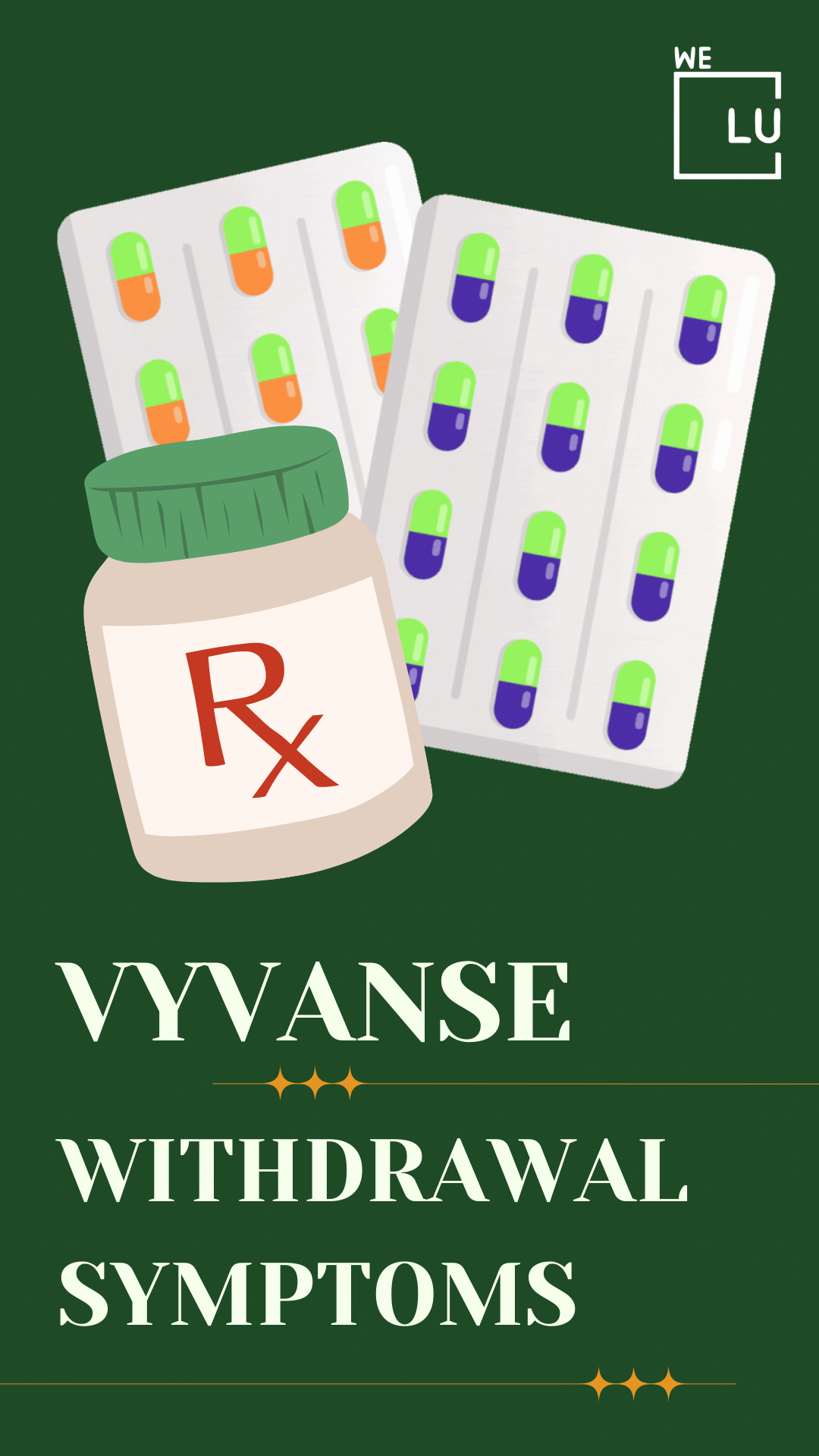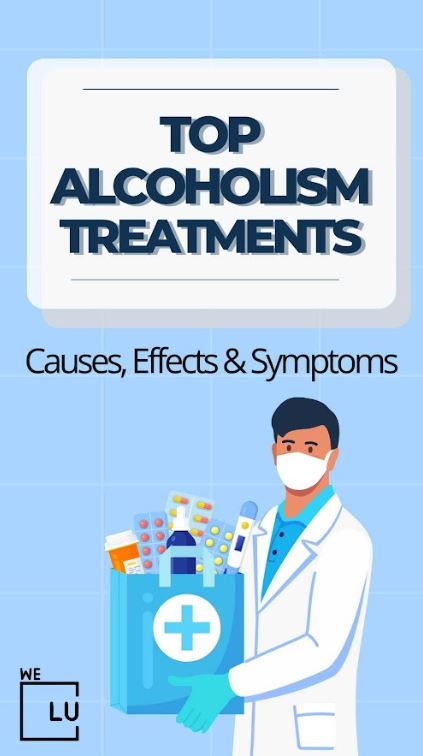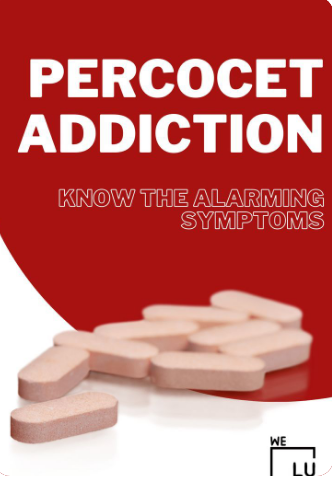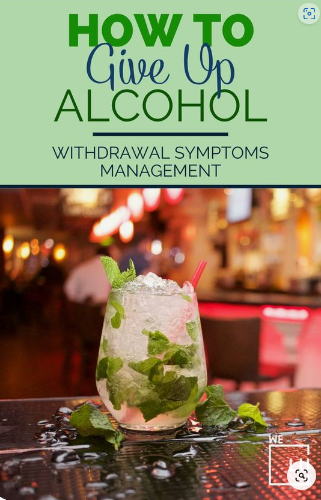What is Coke Bloat?
Cocaine is a powerfully addictive drug that can create numerous severe side effects. Once a person becomes addicted to this illegal drug, they can experience physical, mental, and emotional changes that take a toll on their quality of life. One of these changes includes facial puffiness, often called coke bloat.
Cocaine, commonly known as coke, is a powerfully addictive stimulant drug made from the leaves of the coca plant native to South America. Although healthcare providers can use it for valid medical purposes, such as local anesthesia for some surgeries, cocaine is illegal. As a street drug, cocaine looks like a fine, white crystal powder. Street dealers often mix or “cut” it with cornstarch, talcum powder, or other white crystal powder to increase profits. They may also combine it with other drugs, such as illegal stimulants. According to the National Institute on Drug Abuse [1], overdose deaths from cocaine use are rising, with more than 16,000 people dying in 2019.
Bloating is the least of the concerns of people who have a heavy cocaine dependency. Just like any other substance addiction, when the user is fully immersed in chronic use, no amount of detrimental effect would be enough to make them stop using the substance.
While coke bloat might indicate a more serious complication arising from cocaine use, there are many other adverse conditions that people need to be more worried about that also come with chronic cocaine use, such as drug overdose.
Normal Bloating vs. Coke Bloat
Certain foods, such as an excess of carbs, salt, and alcohol, can also cause facial swelling. Stress can also cause your face to swell because when you’re feeling anxious, your adrenal glands produce more cortisol than usual, which can cause various physical symptoms, including facial swelling or bloating.
It’s not uncommon to experience puffiness and facial bloating after using cocaine. It even has its name: “coke bloat.” It’s often most noticeable in the cheeks and under the chin.
We often imagine cocaine users as sickly, having not eaten for days while dripping calories on the dance floor (or just talking fast). And while that may be true to some degree, many who use cocaine eventually develop “coke bloat,” a considerable ballooning of the cheeks that contributes to the general appearance of weight gain.
Skip To:
- What is Coke Bloat?
- Cocaine Addiction Statistics
- Cocaine “Coke Bloat Definition” Facts Sheet
- Why Do Some People Have A Puffy Face After Using Cocaine?
- Does Coke Bloat Go Away?
- How Does Taking Cocaine Affect Your Skin?
- Common Skin Problems Caused by Cocaine Abuse
- Treatment For Cocaine Addiction
- 3 Most Coke Bloat Frequently Asked Questions FAQs
Learn More:
Cocaine Addiction Statistics
The second most trafficked illegal substance worldwide is cocaine. According to the National Institute on Drug Abuse, death from overdose can occur on the first use of cocaine or unexpectedly after that. Many people who use cocaine also drink alcohol simultaneously, which is particularly risky and can lead to overdose. Others mix cocaine with heroin, another dangerous—and deadly—combination. [1]
5.2 million
In 2020, 1.9% of those 12 and older (or roughly 5.2 million people) reported taking cocaine in the previous 12 months.
Source: NIDA
1.3 Million
By 2020, 0.5%, or roughly 1.3 million individuals, who were 12 years or older had a cocaine use disorder.
Source: NIDA
19,447
In 2020, approximately 19,447 people died from an overdose involving cocaine.
Source: NIDA
Cocaine “Coke Bloat Definition”
Facts Sheet

There could be several reasons for coke bloat, from fluid retention to hormonal issues. But one likely explanation for bloating after cocaine use is simply that the coke isn’t pure.
Levamisole, a veterinary deworming medicine, has become one of the most common adulterants in cocaine. It’s associated with several human complications, including skin necrosis, joint pain, and seizures. [2]
Snorting cocaine can lead to nosebleeds and a decreased sense of smell. Eventually, it can destroy the cartilage in your nose.
furthermore, stimulants like cocaine and meth can cause irregular heartbeats, heart attack, stroke, blood clots, heart damage, or sudden death. [3]

Get Your Life Back
Find Hope & Recovery. Get Safe Comfortable Detox, Addiction Rehab & Mental Health Dual Diagnosis High-Quality Care at the We Level Up Treatment Centers Network.
Hotline (877) 378-4154Why Do Some People Have A Puffy Face After Using Cocaine?
Coke bloat symptoms could result from common complications of sustained cocaine use, such as fluid retention or hormonal disturbances. However, perhaps the most likely cause is simply straying from the pure stuff. Though there may be a lot of factors at play, maybe one reason why those with sustained cocaine use often appear with a face that looks ‘puffy’ or ‘swollen’ could be the adulterant present in most cocaine samples.
Levamisole is used primarily as an anthelmintic drug, which is used to get rid of worms and other internal parasites. The FDA previously approved its use in the treatment of colon cancer. Still, it’s no longer used in the U.S. and Canada because of reports that it caused a condition called agranulocytosis, which causes a severe reduction of white cells in the blood.
Levamisole is a joint-cutting agent in cocaine. It’s estimated to be present in approximately 80% of the cocaine seized in the U.S., so it’s exceedingly prevalent. [4] Levamisole, when metabolized, creates a compound called aminorex that has psychostimulatory properties of its own. As a result, levamisole prolongs the stimulatory effects of cocaine use. This, in addition to its physical similarity to cocaine, is likely why it’s also addictive.
In addition to many side effects, levamisole causes glands to swell, and one of the glands that can explain a ‘puffy’ face is the parotid gland. The parotid glands are the most prominent salivary glands right in front of the ear. When met with an irritant such as levamisole, swelling is a possibility.
Moreover, the combination of cocaine, the nasal inflammation that happens through the act of insufflation [snorting], and the vasoconstriction of blood vessels that can cause a backup of lymphatic fluid around the face are all factors that may explain the change in appearance.
How To Get Rid Of Coke Bloat?
For anyone struggling with coke bloat, there is a cure – giving up the goods. Cocaine is a highly addictive drug, and the most effective — and healthiest — way of preventing unwanted cocaine side effects is discontinuing the use of the drug through the help of addiction specialists. In addition to the appearance of a ‘puffy’ face, cocaine can induce heart failure, cause inflammation of the heart, an aortic rupture, kidney failure, or brain damage, among many adverse effects. Long-term use is also associated with cognitive deficits and impaired decision-making.
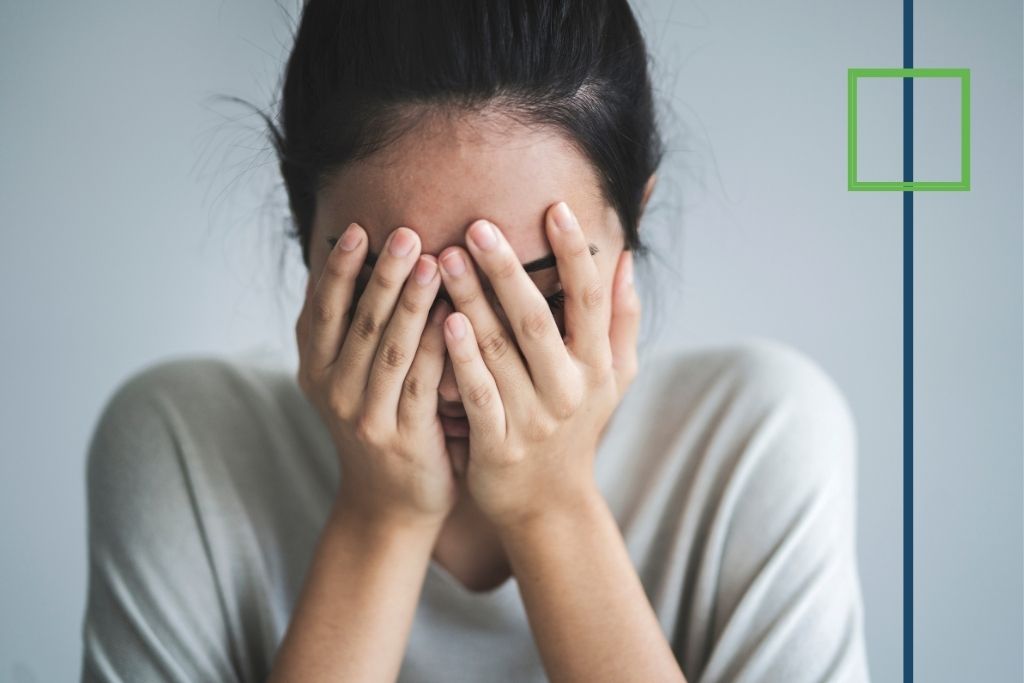
Does Coke Bloat Go Away?
The internet is full of anecdotal coke bloat cures that people swear by, but there’s no evidence to back them up. Here are some of the most commonly recommended tips:
- Gently massage your face for 5 to 10 minutes, followed by Applying a cooling mask
- Applying a cold compress or taking a cold shower
- Using a derma roller on your face
- Applying hydrocortisone cream
There’s no guaranteed fix, and while you can try the above strategies, they might not offer much relief. But as the cocaine leaves your system, the bloating should start to subside.
Get Help. Get Better. Get Your Life Back.
Searching for Accredited Drug & Alcohol Rehab Centers Near You? Or Mental Health Support?
Even if you have failed previously, relapsed, or are in a difficult crisis, we stand ready to support you. Our trusted behavioral health specialists will not give up on you. Call us when you feel ready or want someone to speak to about therapy alternatives to change your life. Even if we cannot assist you, we will lead you wherever you can get support. There is no obligation. Call our hotline today.
FREE Addiction Hotline – Call 24/7What About General Bloating?
Facial swelling is the buildup of fluid in the tissues of the face. Swelling may also affect the neck and upper arms. Emergency treatment is needed if burns cause facial swelling or if you have breathing problems.
Abusing cocaine may also cause non-facial bloating for a few reasons. For one, cocaine causes vasoconstriction, or narrowing of blood vessels, resulting in a buildup of lymphatic fluid that can cause bloating and swelling.
This vasoconstriction may also add up to the development of peritonitis or inflammation of the inner lining of the abdomen. One of the main symptoms of peritonitis is bloating. Finally, not staying hydrated can also play a huge role. When the body isn’t getting enough water, it can slow down or stop digestion and hold onto excess fluid or water to help counter the effects of dehydration. As a result, the individual can experience some general bloating.
Cocaine isn’t new, nor are all of its slang terms and nicknames. Drug slang is any non-medical term for a substance, whether drugs or alcohol. This could be creative, new names or abbreviations for otherwise well-known substances that allow them to be discussed without outside parties knowing.
You might see them searching for “does diet coke make you bloated” or “coke and mentos bloat,” but it may be more than “diet coke bloat” they’re looking for. Remember that “coke” is also an infamous nickname for cocaine drug. Have you noticed your loved one asking about “does diet coke cause bloating?” or about mentos and coke bloat? Are there any suspicious things they’re hiding behind their words? If it’s hard to understand, then it’s time to evaluate the changes that might be happening in their appearance and behavior.
How Does Taking Cocaine Affect Your Skin?

We all know that cocaine is bad for our health. It affects the entire body – including the skin, the largest body organ. Effects will be more noticeable if someone uses coke in large amounts or long-term, but even occasional use can have an impact.
Cocaine is a ‘vasoconstrictor,’ meaning that it reduces the blood supply to cells in the body, reducing their levels of oxygen and nutrients. The cheeks may appear emaciated and sunken, making one look prematurely aged. The skin may look pale and puffy. Here is a thought, if you can’t get proper nutrients and oxygen to your skin, it will start looking pretty washed out and gloomy. If you wish for a natural glow, doing coke will tear that to shreds.
The decrease in blood supply to your skin can indicate it doesn’t heal or regenerate as quickly and won’t absorb active ingredients as easily. So if you’re applying your face with retinol after a coke binge, you’re wasting your creams and your money – it won’t make its way into the cells to have a good effect.
That lack of regeneration is pretty significant, no matter your skin type. Resurrection affects cell turnover, which is crucial for anti-aging benefits as well as the removal of blemishes. If your skin isn’t functioning the way it should, you’ll end up with dead skin cells staying around and clogging up your pores.
Using coke will also restrict your skin’s healing capacity, which won’t regenerate as quickly as before. This can result in the worsening of acne and premature aging. Even if you think you don’t abuse cocaine, possibly just consuming a small amount at the weekend, this will still significantly affect the skin.
Not only will it cause the skin to become dehydrated and dry, but it will also increase your chance of rashes. It can have a detrimental impact, such as skin necrosis, which means the skin is dead. Cocaine can kill the skin cells, leading to red or brownish patches on this skin. This happens because taking cocaine reduces the lack of oxygen and blood supply, and as a result, it damages the white cells of the blood, leading to skin necrosis.
The contraction of blood vessels and increased inflammation can also trigger redness, eczema, skin irritation, and even the appearance of ulcers. And because wounds will take longer to heal, you may end up with scarring.
To be clear, this isn’t just a problem for people with preexisting skin conditions. Anyone can react to cocaine with irritation, rashes, and blisters. Cocaine abuse can result in ulcers appearing all over the skin. It can cause purpuric rashes, especially on ears, cheeks, and extremities, with a red (erythema) border. So sores, blisters, and skin discoloration are widespread among cocaine users.
Then there’s the impact cocaine has on how you treat your skin. First, you’re perhaps less likely to stick to your skincare regimen after a heavy night on the sniff. When you’re up ’til the early hours, washing off your makeup, exfoliating, and double-cleansing are not much of a priority. Do that every weekend, and you’ll have clogged pores, signs of premature aging, breakouts, dullness, and dryness.
Comfortable Facilities & Amenities
High-Quality Addiction & Mental Health Rehabilitation Treatment
Rehab Centers TourRenowned Addiction Centers. Serene Private Facilities. Inpatient rehab programs vary.
Addiction Helpline (877) 378-4154Proven recovery success experience, backed by a Team w/ History of:
15+
Years of Unified Experience
100s
5-Star Reviews Across Our Centers
10K
Recovery Success Stories Across Our Network
- Low Patient to Therapist Ratio
- Onsite Medical Detox Center
- Comprehensive Dual-Diagnosis Treatment
- Complimentary Family & Alumni Programs
- Coaching, Recovery & Personal Development Events
Common Skin Problems Caused by Cocaine Abuse
Cocaine can also make you more inclined to suffer from skin-picking disorder, increasing the possibility of infection and damage. Individuals who abuse coke or meth show signs of “dermatillomania” – an obsession with picking at the skin.
Sometimes they have the sensation of bugs crawling on or in their skin, called delusions of parasitosis. Some coke users use needles and blades to cut their skin open to remove the bugs. Other times, coke users have itching or tingling on their skin, resulting in deep scratches and excoriations.
They often focus on tiny imperfections on their skin and pick at them until they bleed, causing scars and discoloration. This leads to a cycle of even more picking, where they scratch the scabs that occurred from their initial picking. The constant scratching of the skin leads to inflammation, ulcers, scarring, and pigmentation.
Vasculitis and Retiform Purpura
It is damage to the blood vessels due to inflammation. This causes a dark, speckled pattern on the skin. Vasculitis can lead to a condition known as Retiform Purpura. Retiform Purpura is a more intense version of Vasculitis. Fortunately, this type of bruising and ulceration is reversible regarding cocaine use. Your body will slowly recover if you quit using the drug.
Scleroderma
It is the hardening of the connective tissues. This forms a splatter pattern on the user’s body.
World-class, Accredited, 5-Star Reviewed, Effective Addiction & Mental Health Programs. Complete Behavioral Health Inpatient Rehab, Detox plus Co-occuring Disorders Therapy.
CALL (877) 378-4154End the Addiction Pain. End the Emotional Rollercoaster. Get Your Life Back. Start Drug, Alcohol & Dual Diagnosis Mental Health Treatment Now. Get Free No-obligation Guidance by Substance Abuse Specialists Who Understand Addiction & Mental Health Recovery & Know How to Help.
Treatment For Cocaine Addiction
Millions of people in the United States use cocaine each year. At least one million live with a cocaine use disorder. Treatment for cocaine addiction generally begins with cocaine detox, followed by an inpatient rehab program. Physical therapy starts with removing the toxic effects of cocaine from the body, known as detoxification or “detox.” To successfully handle cocaine withdrawal symptoms, supervised and medically-assisted detox is recommended. Cocaine withdrawal can range from a few days to months—the risk of returning to use increases as the body attempts to rebalance.
Treatment for cocaine addiction may include:
Find the Right Cocaine Addiction Treatment Plan at We Level Up New Jersey
Some people detox from cocaine at home. However, it is not advisable to detox by yourself at home because of the dangerous effects of cocaine withdrawal. Most importantly, the risk of cocaine overdose is high regardless of a person’s experience with the drug. It is necessary to get people into a drug rehab center at the first sign and symptoms of drug abuse, including coke bloat.

Please, do not try to detox on your own. The cocaine detox process can be painful and difficult without medical assistance. However, getting through the detox process is crucial for continued treatment.
We Level Up NJ provides proper care with round-the-clock medical staff to assist your recovery through our cocaine detox program. So, reclaim your life; call us to speak with one of our treatment specialists. Our counselors know what you are going through and will answer any of your questions. Each call is private and confidential.
Experience Transformative Recovery at the We Level Up Treatment Center.
See our authentic success stories. Get inspired. Get the help you deserve.



Start a New Life
Begin with a free call to an addiction & behavioral health treatment advisor. Learn more about our dual-diagnosis programs. The We Level Up treatment center network delivers various recovery programs at each treatment facility. Call to learn more.
- Personalized Care
- Caring Accountable Staff
- Comfortable Amenities
- Licensed & Accredited
- Renowned w/ 5-Star Reviews
We’ll Call You
3 Most Coke Bloat Frequently Asked Questions FAQs
-
What is coke bloat meaning?
“Coke bloat,” when the face—particularly the cheeks—appear aged, bloated and puffy after cocaine use.
-
What causes celebrity coke bloat?
Numerous celebrities of the past half century have been plagued with substance abuse problems, with disastrous results. The Hollywood elite has no shortage of money and social influence. Because of this, they have an easier time acquiring substances than someone outside of Hollywood would. Because they have more disposable income, the cost of drugs or alcohol may not be a huge concern. Coke bloat examples include pretty much celebrities with a history of cocaine abuse. The recent one is with the issue of Cole Sprouse coke bloat.
This means they can get however much they want, whenever they want, without worrying about the cost. Fans, the media, and other Hollywood stars are constantly watching celebrities. Sometimes, public opinion can weigh heavy on a person and cause them to seek out unhealthy coping mechanisms. Many are showing coke bloat symptoms, but the good news is many also get treatment and enter rehab for recovery.
-
Does coke bloat your stomach?
Gastrointestinal effects are also becoming recognized in cocaine use. Following intake of cocaine, patients can develop abdominal pain, nausea, vomiting, and bloody diarrhea.
Search We Level Up NJ Coke Bloat Detox & Mental Health Topics & Resources
Sources
[1] Cocaine DrugFacts – NIDA/National Institute on Drug Abuse
[2] Lee KC, Ladizinski B, Federman DG. Complications associated with the use of levamisole-contaminated cocaine: an emerging public health challenge. Mayo Clin Proc. 2012 Jun;87(6):581-6. DOI: 10.1016/j.mayocp.2012.03.010. PMID: 22677078; PMCID: PMC3498128.
[3] How Drugs Affect Your Looks and Your Body – Drug Enforcement Administration (DEA)
[4] Uzzaman MM, Alam A, Nair MS, Meleagros L. Gastric perforation in a cocaine user. Gastroenterol Hepatol (N Y). 2010 Nov;6(11):731-3. PMID: 21437023; PMCID: PMC3033545.
[5] National Institute on Drug Abuse. (2016). What are the short-term effects of cocaine use?
[6] Substance Abuse and Mental Health Services Administration. (1999). Treatment for Stimulant Use Disorders.
[7] Substance Abuse and Mental Health Services Administration. (2018). Key Substance Use and Mental Health Indicators in the United States: Results from the 2017 National Survey on Drug Use and Health
[8] Preston KL, Epstein DH, Cone EJ, Wtsadik AT, Huestis MA, Moolchan ET. Urinary elimination of cocaine metabolites in chronic cocaine users during cessation. J Anal Toxicol. 2002 Oct;26(7):393-400. doi: 10.1093/jat/26.7.393. PMID: 12422991
[9] National Institute on Drug Abuse. (2018). Drug Facts: Cocaine
[10] Redwood Toxicology Laboratory. (2014). Laboratory Testing Reference Guide
